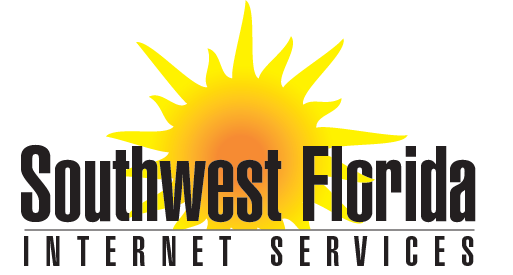Do Not Drop Your Web Site Off the Search Engine Cliff
If you’ve been feeling like Tom Cruise climbing up the side of some remote jagged mountain in the blazing hot sun and concerned you’re facing “mission impossible”, chances are you own a web site.
Adding to the intense thrill of web site ownership are keyword comparisons and bidding for good keyword positions in search engines. You might hire a search engine optimization specialist who can track elusive algorithm clues and is unfazed by page rank drama. Your programmers and designers insist they get along. The marketing department actually believes deadlines are met. The new bank account is waiting for fresh revenue. And oh yes, it’s assumed someone will come looking for your web site and wants to use it.
You did build it for them, right?
For every search result, there is the possibility that:
The engine will display a description that makes sense. Or not.
The page the search engine refers to does what the description said it would do and is about what the search engine said it would cover. Or not.
Your SEO/SEM, if you hired a good one, helped you write your title tag statement and Meta page description and structured it so it makes sense in SERPs (search engine results pages).
Your Usability professional, if you hired one, evaluated the page to make sure it would meet customer expectations and convince visitors there are other hot pages inside the web site to look at too. Without call to action prompts, well displayed, logically labeled navigation links and credible content, the chance of someone remaining on that page is pretty slim.
Says Gordon Hotchkiss, President and CEO of Enquiro Search Solutions, Inc., in a recent Search Day article written by Shari Thurow, called Creating Compelling Search Engine Ads and Landing Pages, “Once searchers arrive on your landing pages, you have 13.2 seconds to convince visitors that they are on the right site.”
Impossible Mission?
Had enough of web page abandonment? Are those cost per click fees putting you further in credit card debt and not producing any bang for your buck? Which part of “understand your web site visitor” didn’t make it to the drawing board?
I know this is hard. You’re not a mind reader. Unless you have access to costly studies and data about who to build your web site for and their computer usage habits, chances are you simply wanted a web site and hoped people would find it and use it. By incorporating the skills and expertise of an SEO/SEM along with a user centered design specialist, you will not be wastefully tossing your web site off the search engine cliff. Rather, your adoring fans will clamor up the cliff to get to it.
Sometimes a web designer is also trained in these fields or is partnered with people who are. This is something to consider when shopping around for web site assistance.
Here are some things to keep in mind when studying your web site. You can also ask your team to consider these points.
What happens after your site reaches top rank? It’s lonely up there, if nobody notices your page or understands the page description. How effective is high rank? Do people really click on “sponsored” pages vs. natural results?
Pay attention to inside “landing” pages. Optimize them for easy indexing and point visitors to your homepage, sale products or free stuff.
Be wise about what you invest. Every cost per click must be productive. If not, a usability web site review can locate roadblocks.
It’s about the user experience. Really. It’s a common habit for web site owners to create the site for themselves based on what they like and want. When you receive a complaint, consider it a favor. Yes, some people are mean and critical. But, enhancements are improvements that sometimes benefit a lot of people, and you too, in the long run.
Don’t settle for minimum effort. One of your goals is to reach potential customers and readers. Your optimized pages reach people looking for them. Your user centered pages reach people wanting to use them and will refer them to friends.
Your competition does it better. Not by packing hidden keywords and buying links, but by carefully targeting keywords, providing cleverly written content and delivering user centered design.
Think sustainability. If you plan on your web site being around for a while, make this a checkpoint for every future decision related to your site. If someone has an idea that won’t impact the long-term sustainability of the site, the site may disappear out of sheer user boredom. And search do engines notice.
Understanding your visitors and customers allows for more creative keyword combinations. Put a feedback form on your web site. Ask them how they found your web site. Ask them what keywords they used. Ask them why they came or what they wanted to find. Ask them if they found what they were looking for and if not, provide room for comments so they can explain what happened. This information is a gold mine for you.
Never mislead your visitors. Be accurate with what you say a site or page is about. Search results relevancy establishes trust from the start.
The elegance of action. The act of landing on a relevant, accurate, persuasive, interesting page leads to the fluid, unencumbered desire to know more and click deeper. Aim for this.
Do not drop your web site over the search engine cliff without considering the usability effect. Design it to be productive and user centered. This will pay off in many ways. Remember your original requirements and goals and trace back every dollar you spend to meeting them. Marketing efforts are strengthened when you make your visitors feel welcome, informed and productive once they arrive at your web site.

Recent Comments